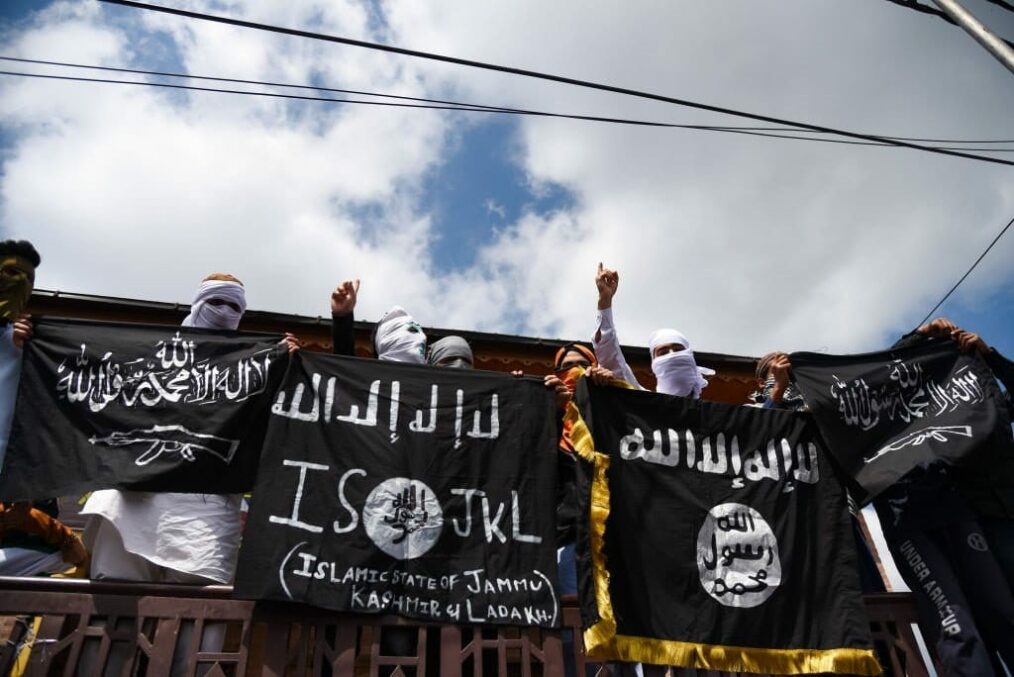The world watched as Israel and Hamas has exchanged rocket fire prior to the cease-fire issued on May 25th, 2021. The death toll stands at over 200 with 1,235 Palestinians injured. Ten Israelis were killed by rockets from Gaza. The recent tensions increased at the beginning of Ramadan as Israeli police put up barriers around Jerusalem’s Damascus Gate causing widespread protests. Israeli police say the barrier was erected to regulate people entering the plaza. Clashes increased as dozens of Palestinian families were evicted from their homes in the Sheikh Jarrah neighborhood inflaming longstanding property disputes between Israelis and Palestinians.
Palestine theoretically includes the Gaza strip and the West Bank. Both Israel and Palestine consider Jerusalem as their political capital. Both regions consider the city religiously sacred. Hamas, a Sunni Islamist militant group, governs the Gaza strip. Several countries consider Hamas to be a terrorist group due, in part, to their violent attacks against Israel.
Global protests have mobilized thousands in support of Palestine. Protests have engaged thousands in the middle east, New Zealand, Japan, Europe, Canada, and United States.
History of Conflict
The conflict has been occurring in this region for hundreds of years over land occupation and independence. The disputed territory almost found a solution in 1947 when the United Nations proposed Resolution 181, this resolution would create the two independent states of Israel and Palestine. Arab leaders rejected the resolution due to the territorial division while the Jewish leaders had satisfaction over territory lines. The resolution was adopted yet immediately Mandatory Palestine broke out the civil war between the Jewish and Arab communities leading the plan to not be implemented.
In 1948, following World War II, Israel was established as a state when the British withdrew from Palestine. The Israel-Palestinian conflict began. As a result, this dispute is a continued fight over land occupation and independence. Since this time, there have been several wars, violent encounters, protests, and more failed resolutions from the United Nations. This is the conflict that continues today.
Jordan had invaded this region in 1948, seizing homes from Jewish homeowners. Israeli law allows Jewish citizens to claim the land back in the West bank which their family owed prior to 1948. Palestinian residents in this region do not have the same opportunity under the law to reclaim their land. Thousands of Palestinians have lost homes due to this law. Many of these homes have been in the family for generations.
Recommendations and Conclusions
The United Nations along with countries around the world have called for a peace agreement in the region. If violence continues ally countries are considering putting conditions on weapons sent to Israel. Protecting human lives is the primary initiative needed in this region followed by peace discussions involving both Israel and Palestine leaders. The United Nations has been meeting with global leaders on the Israeli-Palestinian conflict seeking resolution. The two independent state solution has been identified by global leaders as a solution to consider.





